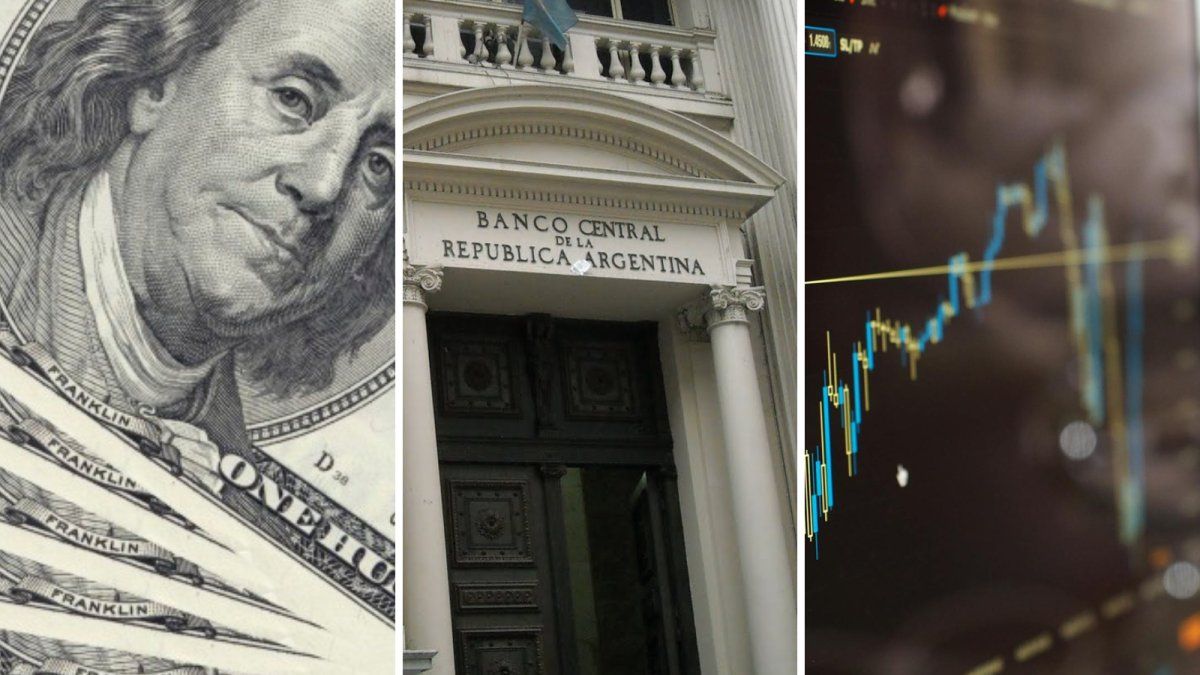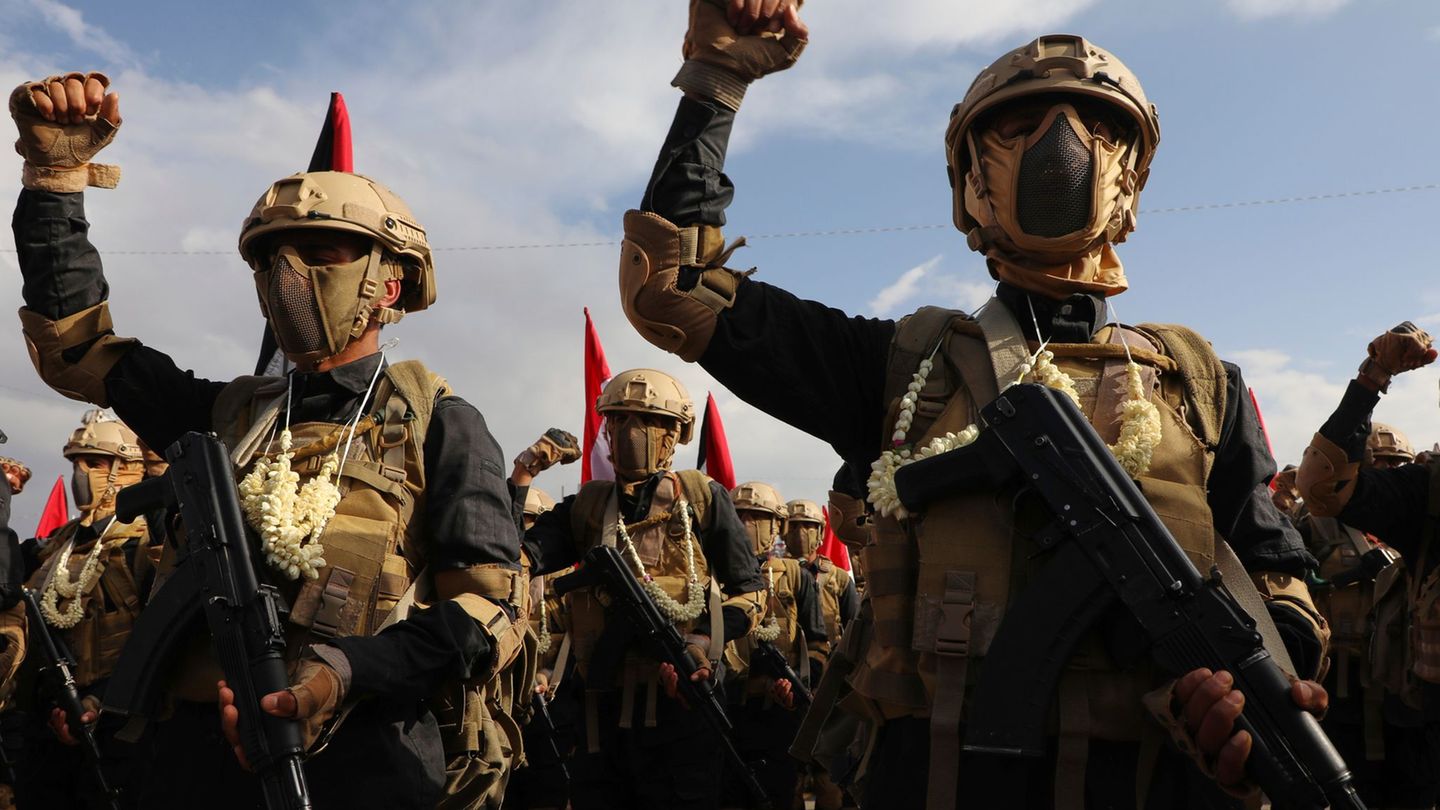The Argentine economy entered again in the turbulence zone. After a few months of apparent stability, the foundations crack again: the net reserves of the Central Bank are in red, the parallel dollar is reheated, inflation gives resuscitation signs and investors begin to disarm positions in pesos. In this scenario, old protagonists and known formulas reappear: intervention in futures, accelerated indebtedness and official messages that touch irony.
Caputo dixit: “Buy dollars champion.” A counterproductive incitement
In the last week, the Argentine economy has entered an area of turbulence. The recent payment to Bonists on July 9 took more than $ 4 billion, the BCRA is with net reserves in red and, the free dollar that was heated strong, wages are still lagging behind and inflation gives new resuscitation signs. The “financial summer” that promised the initial adjustment seems to have lasted little. The financial history of this country teaches us that the processes of electoral dollarization, intervention in futures and unbridled indebtedness never end well. Today, with a government that combines political weakness, legislative veto and promises of chainsaw, the foundations will stagger again. And this time, maneuver margins are minimal. Those who still remain invested in assets in pesos – or keep savings without exchange coverage – should review what happened in 2018. The film is not the same, but the cast is the same.
Inflation acceleration: early signals of disagreement
In June 2025, monthly inflation accelerated to 1.6%, breaking the descending dynamics of recent months. Although this level may seem low compared to the averages of 2023, it implies a change in worrying trend. This rebound is mainly explained by increases in prepaid medicine, transport, gas and electricity.
Electoral dollar and demand pressures
The exchange market faces increasing pressures. To the traditional pre -election coverage is added an explosive combination: increased circulating in pesos, disarmament of the carry, imports of imports and tourism, lower supply of agriculture and tension with international funds that reduce their exposure to local debt. At the same time, three international banks recommended caution and left positions in Argentina.
Negative net reserves and IMF: silent breach
The net reserves of the Central Bank are negative, returning dangerously to the levels of 2023. The Government failed to meet the accumulation goals of reserves agreed with the IMF, and has strongly increased its indebtedness with international organizations and repo mechanisms. This deterioration compromises external sustainability, since the current account deficit reached $ 5,200 million in the first quarter of the year.
Latent fiscal deficit and political veto
Although the ruling party seeks to maintain its fiscal equilibrium narrative (in June it recognized cash deficit), the Senate approved legislative initiatives with some impact on spending. President Milei already anticipated the veto, but his ability to sustain him depends on not being achieved two thirds in both cameras. This institutional fragility feeds the distrust of the markets.
Déjà Vu Financiero: The signs of 2018 are back
The parallels with the beginning of the 2018 crisis are disturbing (not only the actors: Caputo, Sturzenegger, Bausili, Quirno). But an artificial exchange rate is supported by intervention in futures, the debt in pesos begins to show renewal problems, and the retail demand of dollars is triggered. As Taleb (2007) pointed out, “Fragile systems survive until a tail event abruptly breaks.” In this case, fragility is not a surprise: it is systemic.
Social indicators in deterioration: political and economic alert
Real wages are worse than in the macro period, 22% below the 2016-2019 average. Retail sales fell 0.7% intermensual in June, and cement production collapsed 12.1%. The Government Trust Index of the Di Tella University fell 6.4% since December. Social protests are increasing, generating greater risk aversion between banks and companies.
Conclusion:
The Argentine economy advances towards a new episode of financial tension with known ingredients and repeated actors. The combo of negative net reserves, repressed inflation, electoral dollarization and institutional distrust again turn on alarms.
The risk of a new “market event”-It is a messy exchange jump, a run against debt in pesos or a new post -election devaluation- It cannot be ruled out. The question is not if it will happen, but when and with what intensity. In this context, the next months, before or after the elections, can be transformed into an distressing journey for savers, companies and portfolio managers. Argentine history shows that ignoring symptoms is usually more expensive than anticipating.
Director of Esperanza Foundation. Postgraduate professor at UBA and private universities. Master in International Economic Policy, Doctor of Political Science, author of six books.
Source: Ambito
David William is a talented author who has made a name for himself in the world of writing. He is a professional author who writes on a wide range of topics, from general interest to opinion news. David is currently working as a writer at 24 hours worlds where he brings his unique perspective and in-depth research to his articles, making them both informative and engaging.




